Tanuki - Legends and Reality
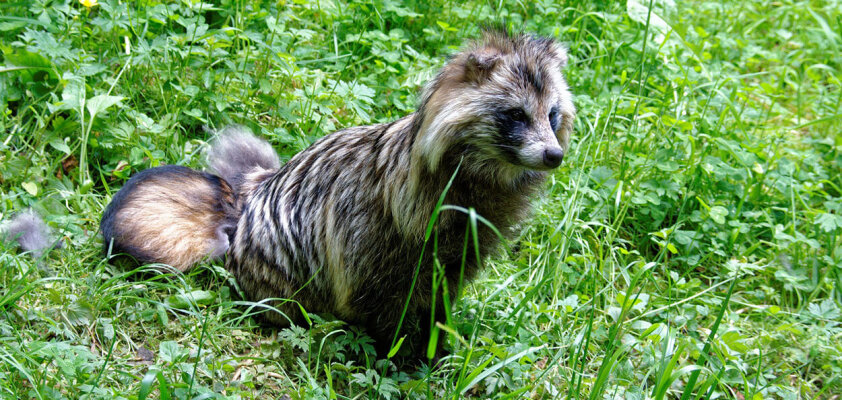
Tanuki refers to raccoon dogs living in Japan, which have enriched the country's folklore and myths for a long time as cunning mythical creatures. Their image has changed over the centuries, and today, the charming creatures are firmly rooted in Japanese culture as statues or images. Let's delve into the stories and explore what makes the beloved Tanuki so special.
Evolution of Myths Over Time
The first written mentions of Tanuki date back to the Heian period in the 8th to 12th centuries in European reckoning. In the historical tale collection "Konjaku monogatari," there are Japanese, Chinese, and Indian legends. In these stories, the Tanuki often acts as a dangerous and evil Yōkai. It can transform itself and deceive people with its clever tricks. This image of the Tanuki persists for several centuries, culminating in a dramatic legend where the Tanuki kills and eats a poor farmer's wife, only to be lured into destruction by a clever hare. From the early Edo period, after 1600, the portrayal of this Japanese mythical creature changes. The Tanuki is no longer evil but rather mischievous, playful, and helpful. According to one legend, it uses its ability to transform into the shape of a teakettle to help poor people with amusing antics.
Basis for Numerous Characters
These wonderful tales and stories propelled Tanuki to great popularity in Japan. It is worshipped in the form of a statue, depicted in various artworks, and has become a character in games and manga. Even manufacturers of shoes and outdoor fashion draw inspiration from the Japanese raccoon dog. Its elastic stride on soft soles inspired the ergonomically designed barefoot shoes Tanuki Yoru by the company Wildling.
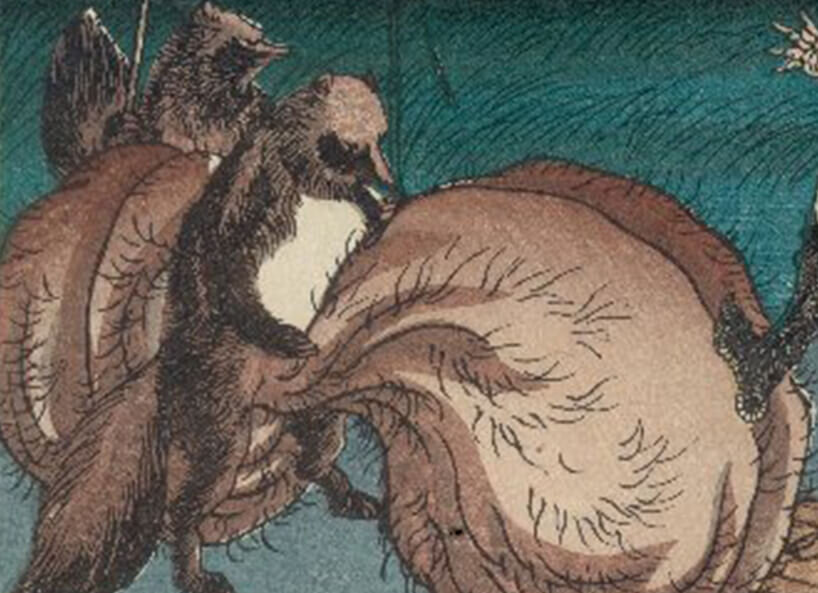
Inspirations for Art and Folklore
The image of the Tanuki serves as inspiration for imaginative interpretations in many artworks and tales. In Japanese folklore, you can find numerous drawings depicting the creature in various ways. Its legendary magical powers, which it is said to draw from its testicles, are often highlighted. The Tanuki is reputed to have particularly large testicles and, according to folklore, can enlarge and use them as various tools. For example, there are historical woodcuts depicting a Tanuki using its testicles as a club or forming a protective barrier with them.
Modern Pop Culture with Tanuki Figures
With its humorous character, the Tanuki is an ideal protagonist for imaginative stories. In the anime film Pom Poko from Studio Ghibli, several Tanuki form a wild gang defending their home against urbanization. In other manga series like Naruto, Inuyasha, or One Piece, these mythical creatures also play important hero roles, contributing to the positive image of this mythical figure. The Japanese series Pokopon's Diary from Sanrio revolves exclusively around an amusing and witty Tanuki. Nintendo also features the Tanuki in its games: Super Mario dons a Tanuki suit to disguise himself and gain special abilities. This costume is also available as an official gadget from LEGO, including a hat with ears and trousers. Other yokai, such as Kappa or Baku, are also commonly chosen as companions.
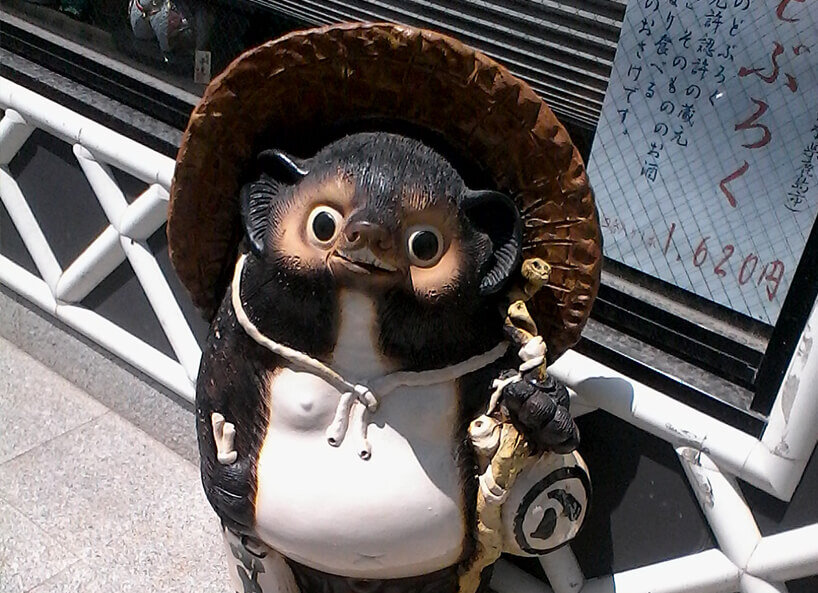
Popular Souvenirs for a Trip to Japan
In Japan, you can find cute Tanuki statues for sale almost everywhere. Identified by a round straw hat, they are depicted as travelers or mischievous vagabonds. Some of these figures carry a bottle of sake and beckon to passersby, inviting them to take a sip or offering them some sake. However, a real Tanuki will never redeem the IOU note provided for this purpose; they are just too cunning. This adorable image of the round Tanuki statue can be traced back to the potter Fujiwara Tetsuzō (1877–1967). His workshop was located in Shigaraki, a famous center for ceramic craftsmanship near Kyoto. Most Tanuki statues still come from this place, crafted as ceramic good luck charms in various sizes and variations.
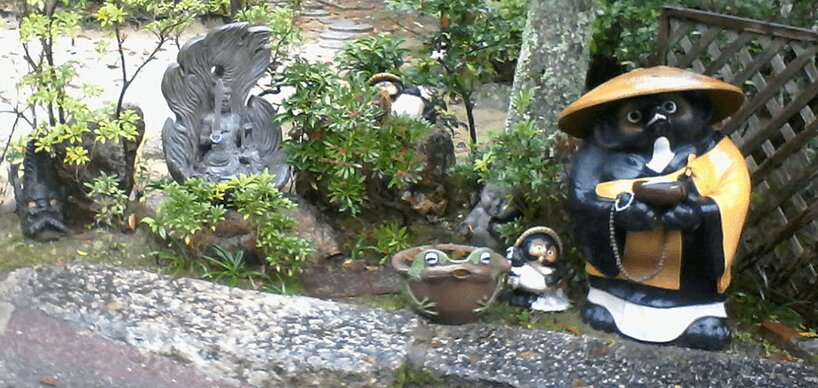
Are Tanuki Related to Raccoons?
When searching for the term "Tanuki," the term "Japanese Raccoon" is often displayed. Even though the appearance of the real Tanuki resembles that of a raccoon, the actual Tanuki living in Japan has nothing to do with raccoons. It refers to the Japanese raccoon dog, a subspecies of the Asian raccoon dog. These animals belong to the dog family and, except for the color of their fur, look quite similar to foxes with their bushy tails. They partially feed on small animals and carrion, and partially on plants. Instead of hunting, they leisurely roam the area at night in search of tasty prey. Their fur is used for fur coats and writing brushes.
Where in Japan do wild Tanuki still live today?
Wild Tanuki are practically found everywhere in Japan. They can be found in the forests of Hokkaido, around Tokyo, and throughout the country. They are not protected and can be shot without restriction. Tanuki were extensively introduced in the Soviet Union to establish a population for fur farming. Wild raccoon dogs are also found in Germany, where they were intentionally or accidentally released into the wild. They have adapted well to the local conditions but are rarely seen due to their mainly nocturnal lifestyle.





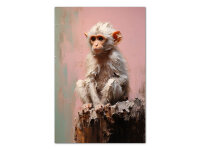










-from-the-yakiyaki-grill-pan.jpg)




